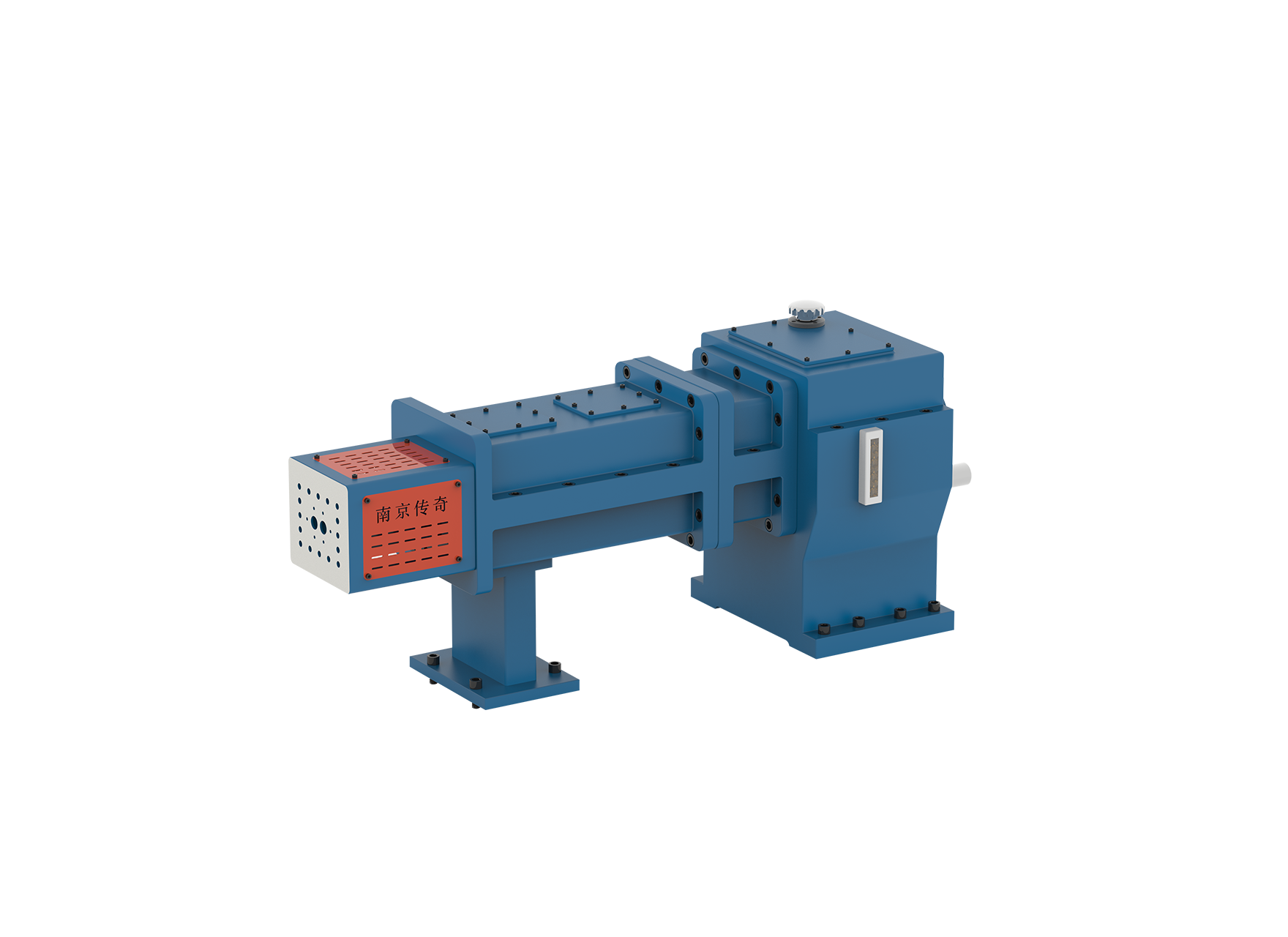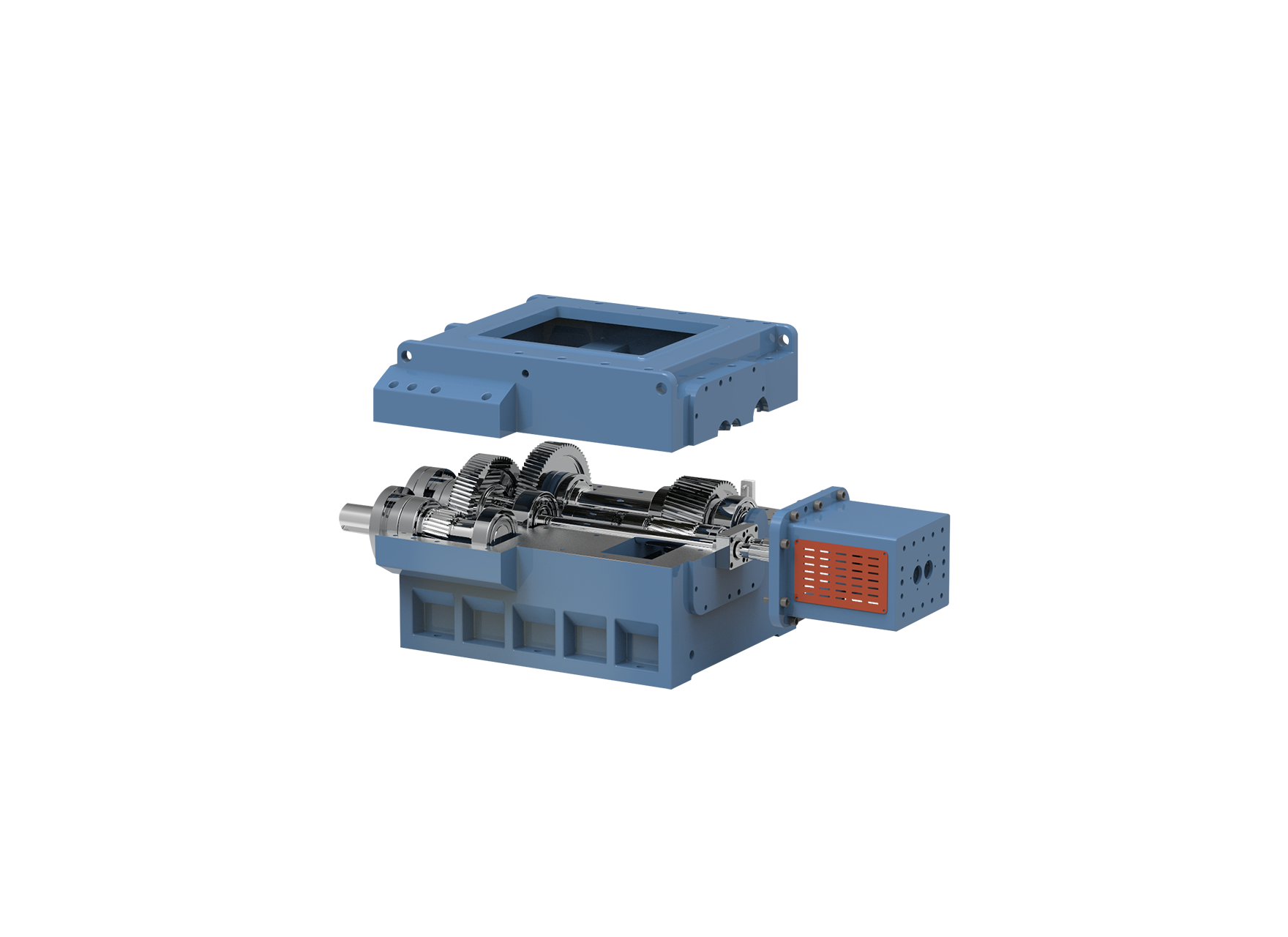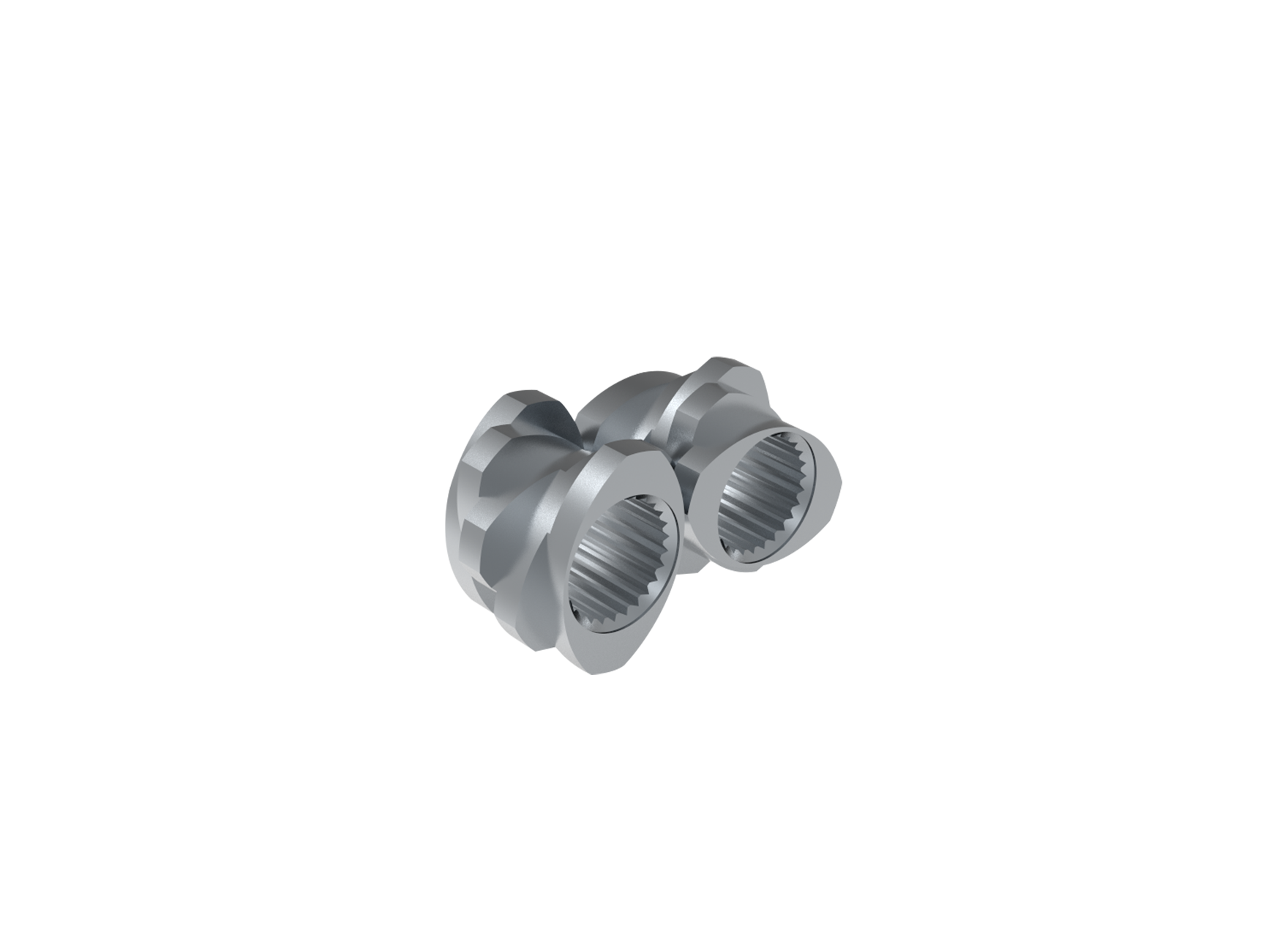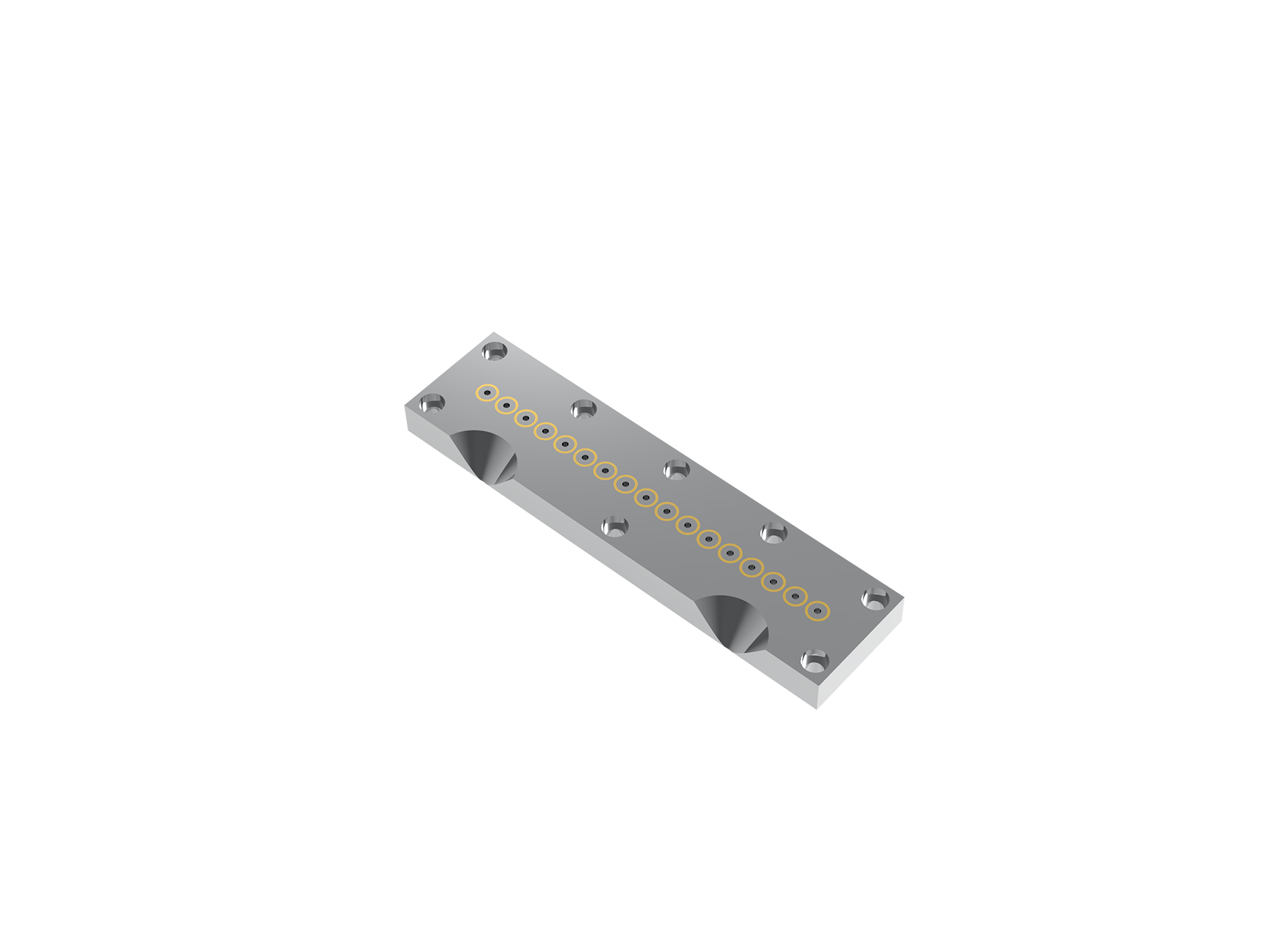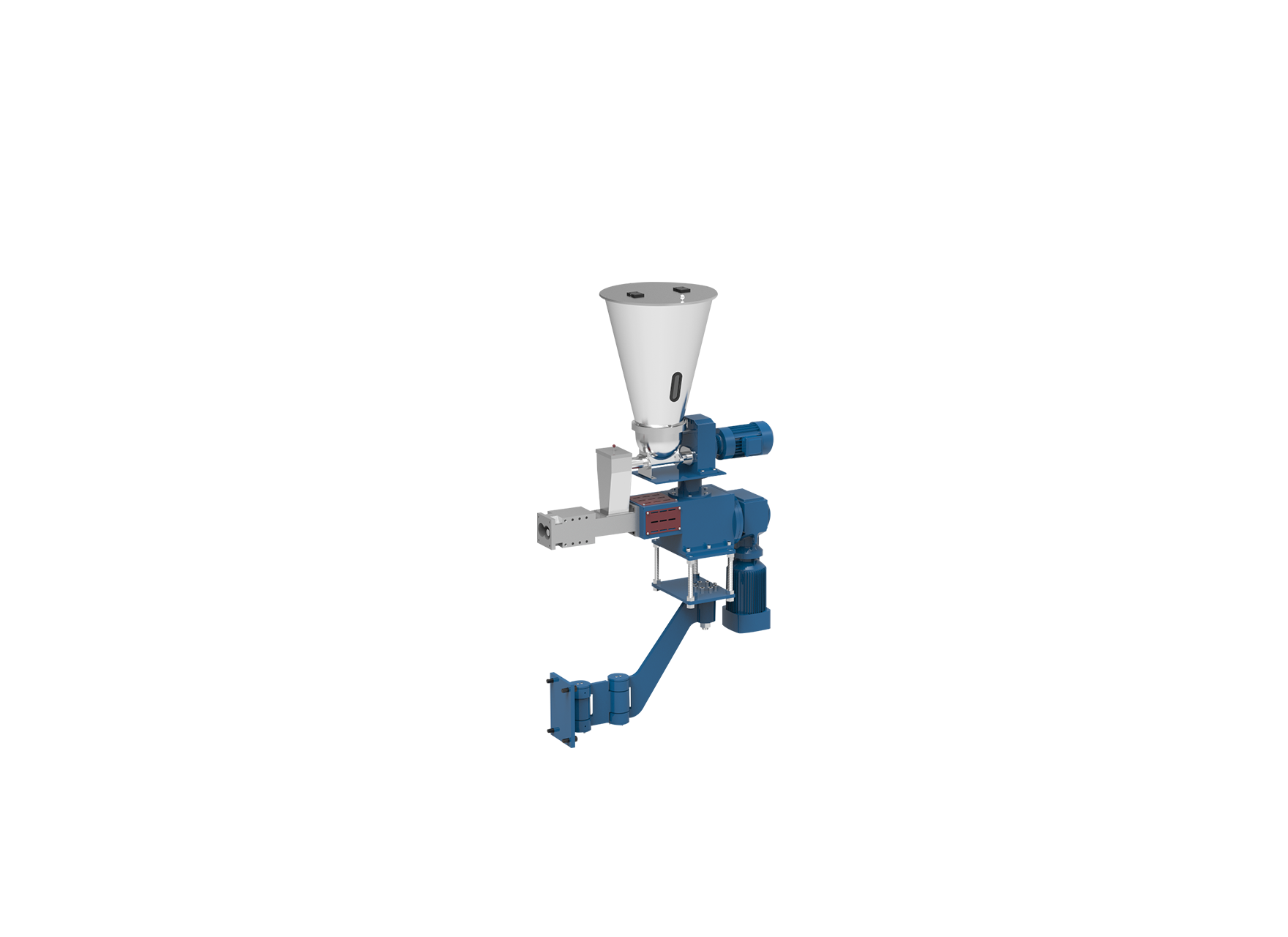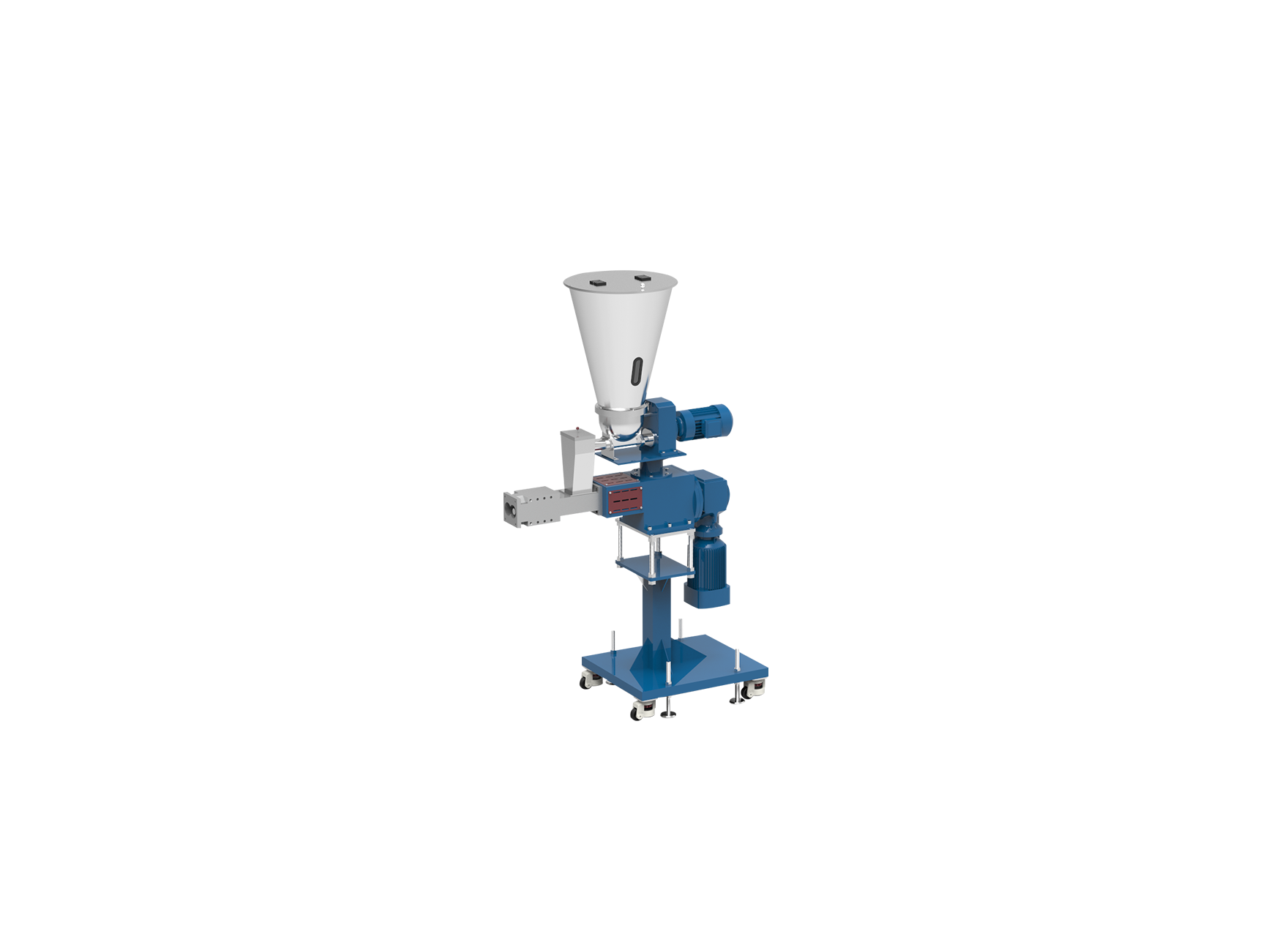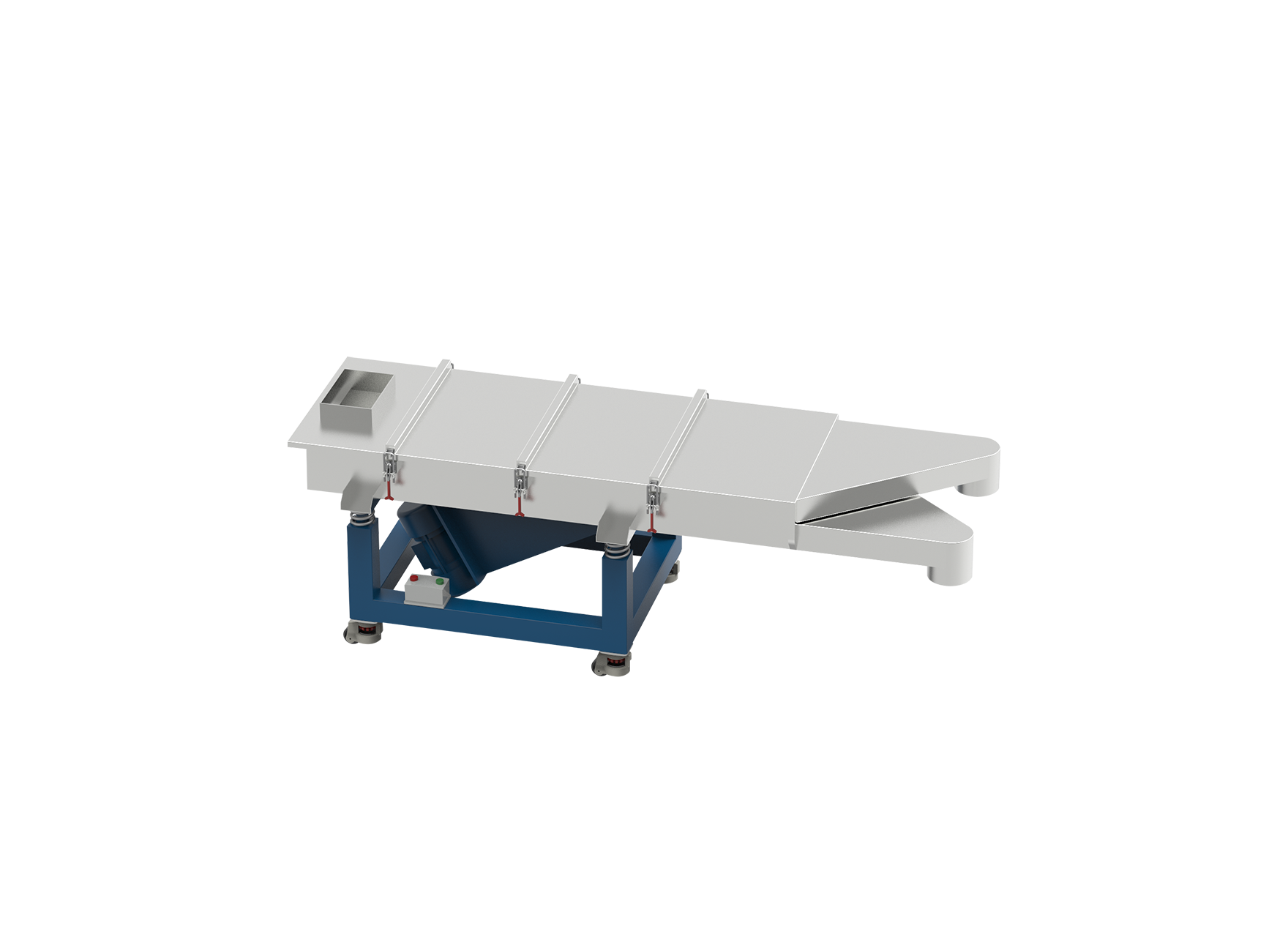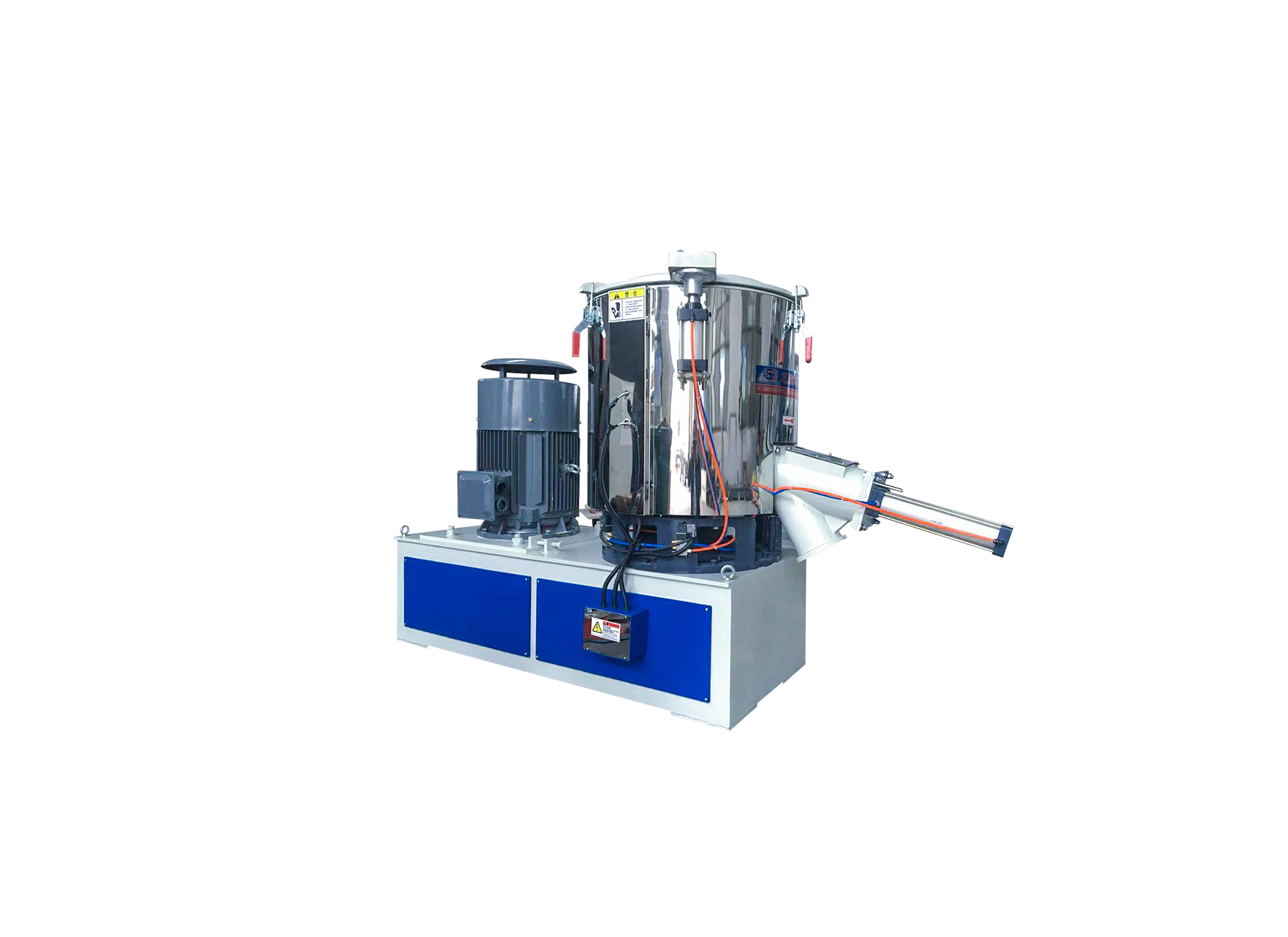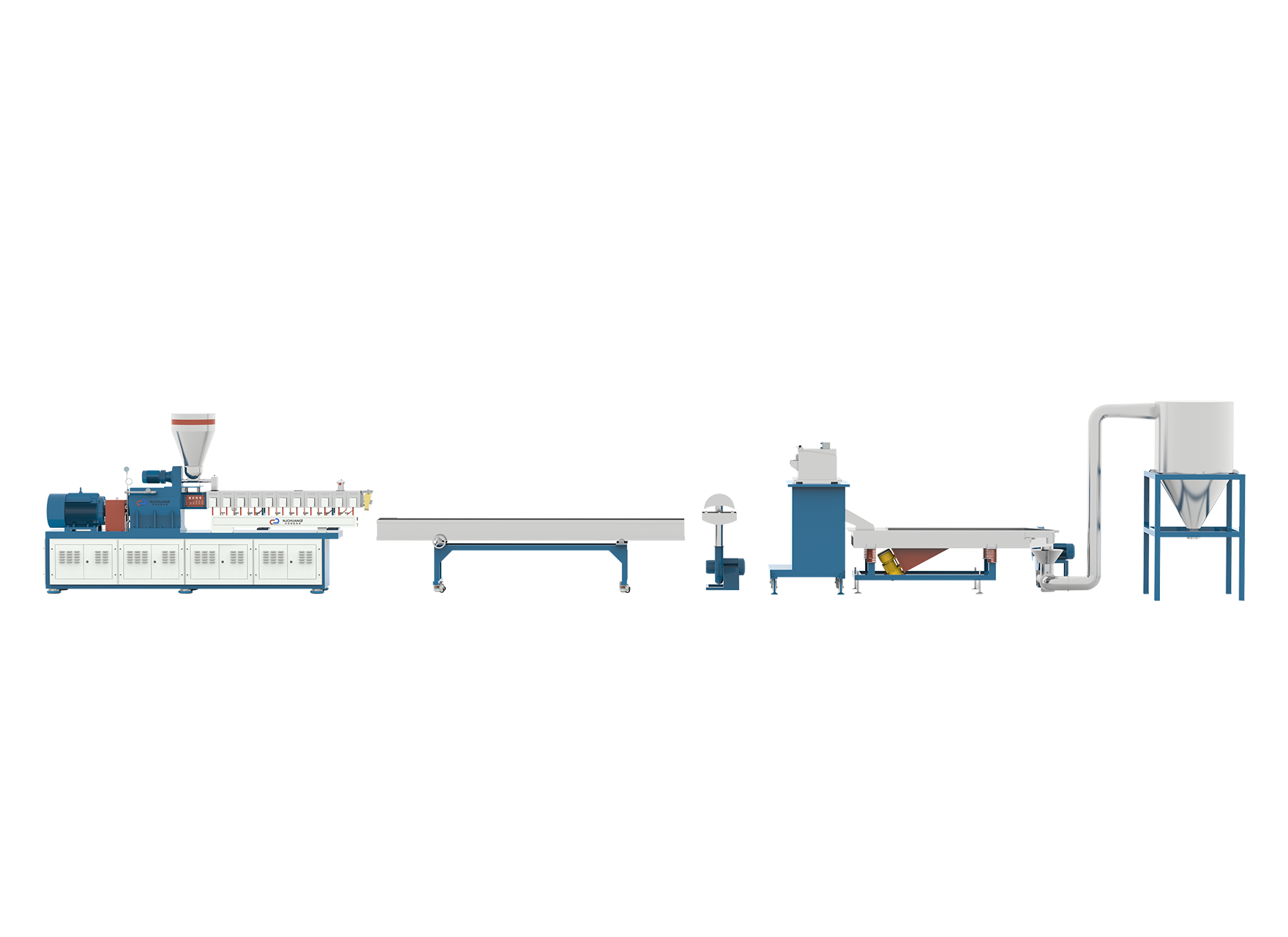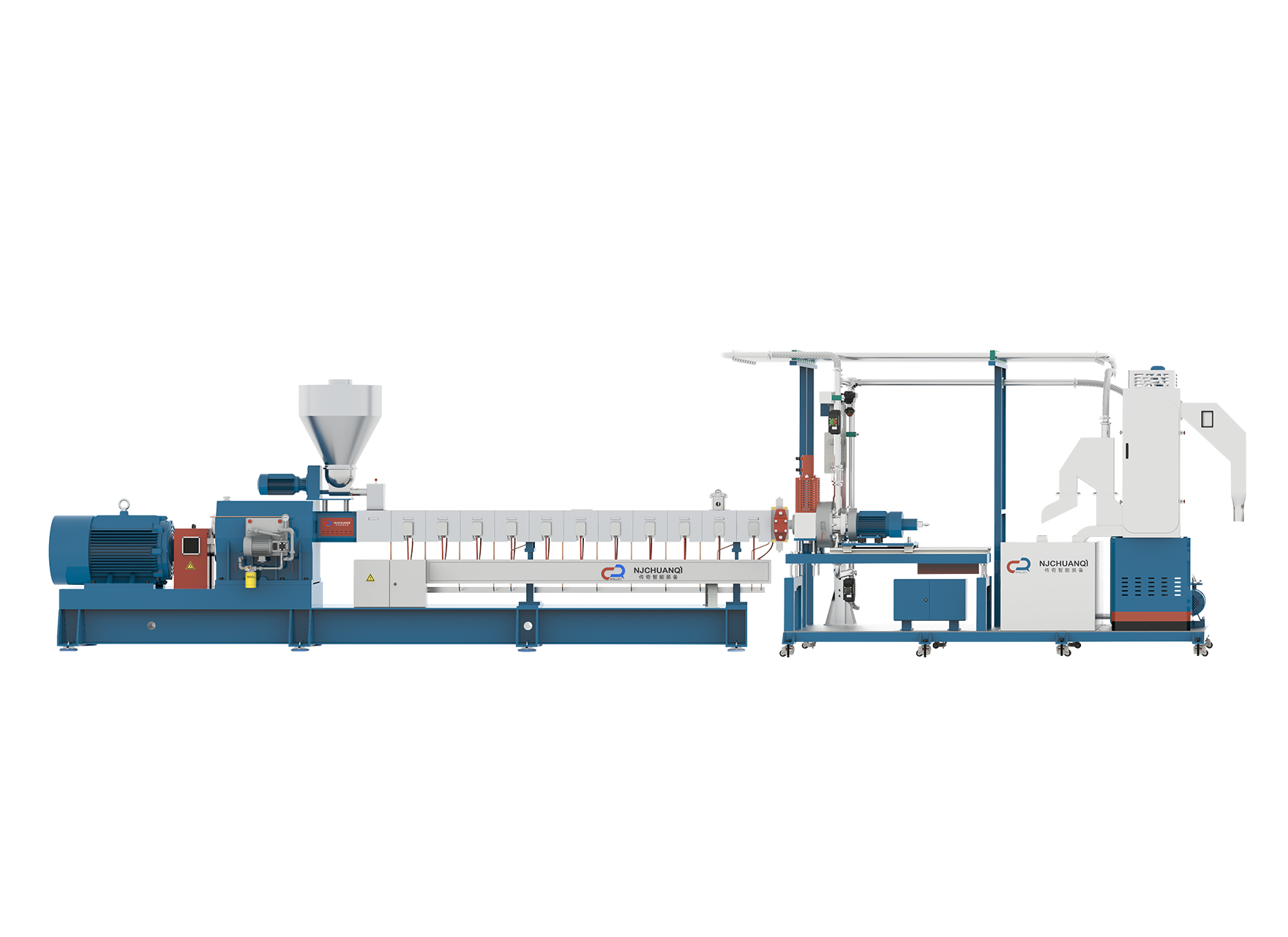In the realm of plastic extrusion, the barrel screw serves as a critical component that significantly influences the efficiency and quality of the plasticizing process. Two prevalent types of barrel screws, namely the Plasticizing Screw and the Helical Screw, play distinct yet complementary roles in material processing.
The Plasticizing Screw is a key component within the extruder barrel that primarily focuses on transforming raw plastic materials into a molten state through plasticization. Its primary functions include conveying, melting, and homogenizing the plastic feedstock as it progresses through the extruder barrel.
The Plasticizing Screw is designed with a helical flight that provides the necessary conveying force to move the plastic material along the barrel. This ensures a consistent and controlled flow of material, preventing uneven melting and promoting uniform plasticization.
As the plastic material progresses along the Plasticizing Screw, it is subjected to increasing temperature and pressure. This facilitates the melting process, where the solid plastic is transformed into a molten state. The design of the screw, including its channel depth and pitch, plays a crucial role in optimizing the melting efficiency.
The helical flight of the Plasticizing Screw serves to homogenize the molten plastic, ensuring a uniform composition and temperature throughout the material. This is critical for achieving consistent product quality in the final extruded output.
Plasticizing Screws offer precise control over the plasticization process, allowing manufacturers to tailor the extrusion parameters to the specific requirements of different materials. This precision is crucial for producing high-quality extrudates with consistent properties.
Plasticizing Screws are versatile and adaptable to a wide range of plastic formulations. Their design allows for efficient processing of various materials, including thermoplastics, thermosets, and elastomers, making them suitable for diverse industrial applications.
The Helical Screw, often employed in conjunction with the Plasticizing Screw, contributes to material conveyance within the extruder barrel. While the Plasticizing Screw focuses on plasticization, the Helical Screw plays a pivotal role in efficiently conveying the plastic material along the barrel.
The helical design of the Helical Screw provides continuous and controlled conveyance of the molten plastic material. This ensures a steady flow through the extruder barrel, preventing material stagnation and facilitating ideal processing conditions.
In addition to its primary function of material conveyance, the helical flight of the Helical Screw aids in mixing the molten plastic. This gentle mixing action contributes to the homogeneity of the material, complementing the homogenizing function of the Plasticizing Screw.
The Helical Screw also assists in building up the necessary pressure within the extruder barrel. This pressure is essential for overcoming resistance and pushing the molten plastic through the die, resulting in the desired extruded shape.
Helical Screws enable a continuous and smooth material flow within the extruder barrel. This uninterrupted operation is crucial for achieving consistent extrudate quality and minimizing variations in the final product.
The helical flight of the Helical Screw aids in gentle mixing, contributing to a more uniform distribution of additives and fillers in the molten plastic. This is particularly advantageous in applications where precise material composition is essential.
In the world of plastic extrusion, the synergistic functions of the Plasticizing Screw and Helical Screw within the extruder barrel are essential for achieving efficient material processing. The Plasticizing Screw excels in plasticizing and homogenizing the material, offering precision control and versatility. Simultaneously, the Helical Screw ensures continuous material conveyance, aids in gentle mixing, and contributes to pressure build-up.

 English
English 中文简体
中文简体 русский
русский عربى
عربى +86-189 1339 2785
+86-189 1339 2785
